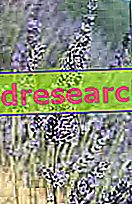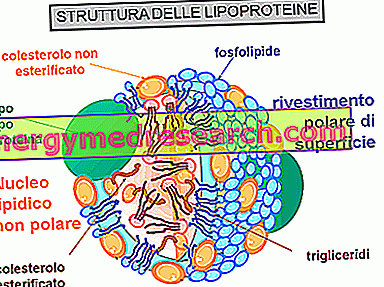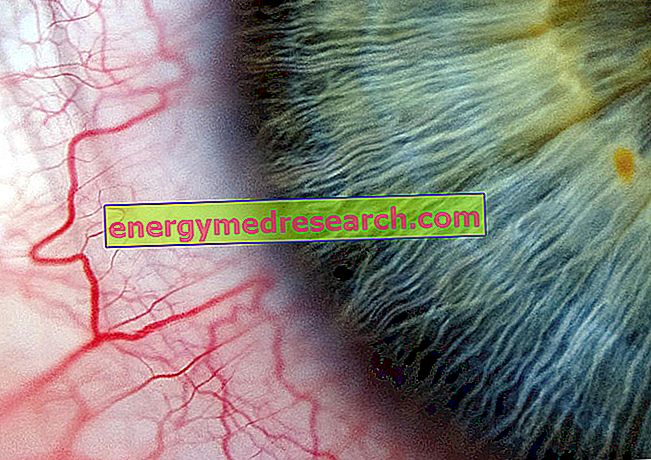What is oculo-manual coordination?

Eye-hand coordination is the result of a work of elaboration and organization of space-time information. The work is carried out by the brain that designs and programs the action that it deems most effective to achieve the best result with the least expenditure of energy.
In the child the physiologically coordinative capacities tend to increase, more in the male than in the female.
In the elderly they tend to decrease.
Consequently it is important to train children to develop coordination skills but it is also essential to train older people to maintain coordination skills.
In particular, the ocular-manual coordination is the most used in everyday life, since it intervenes in any movement of the hands (grasping an object, etc.).
Causes that can diminish the coordination skills in the elderly:
alterations in brain function of sight, hearing and other sense organs, impaired cerebral perfusion and alterations in the secretion of neurotransmitters and sensitivity towards them. Diseases and drugs can negatively affect brain, heart and motor functions.
Work experience has focused on the "trainability" of ocular-manual coordination in older people.

Subjects
27 healthy elderly (15 men and 12 women) aged between 58 and 82 years participated voluntarily in the study. For the analysis of the data were divided into 3 groups: 11 men aged 58-70aa, 4 men aged 71-82aa, 12 women aged 58-66aa
Weight and height were detected at time 0 and after 30 days. All participants had normal or correct vision through the use of appropriate lenses.
The test to evaluate the oculo-manual coordination was performed at time 0 and after 30 days. All 27 subjects followed a prearranged exercise program for 4 weeks (a total of 8 sessions).
training
Program of exercises and tools chosen to stimulate ocular-manual coordination:
1) a stick that can be thrown from one hand to the other or make it remain balanced on one hand.
2) a circle that is rolled from one subject to another (couple exercise)
3) throwing the ball: the subjects, in this exercise, must calculate the distance, the speed and the bounce. Also have reference points and know the position of your body in space (couple exercise).
The test

The results


Conclusions
In conclusion we can see that there has been an improvement in the oculo-manual coordination capacity in all 3 observed groups (with significant individual variations: 50% improvement compared to the initial evaluation (over 70) 20% decrease in a woman).
In particular the most consistent improvements occurred in the group men aged between 71 and 82 years although we have to observe that they are only four cases.
From this simple experience carried out in the context of a motor activity carried out for the psychophysical well-being of the elderly, it was possible to see that the decrease in eye-manual coordination, in a group of people who did not have specific deficits, can be effectively counteracted by a training aimed at stimulating this ability.
Article written in collaboration with dr. Verri Massimiliano, graduated in physical education and nursing sciences, personal trainer.



